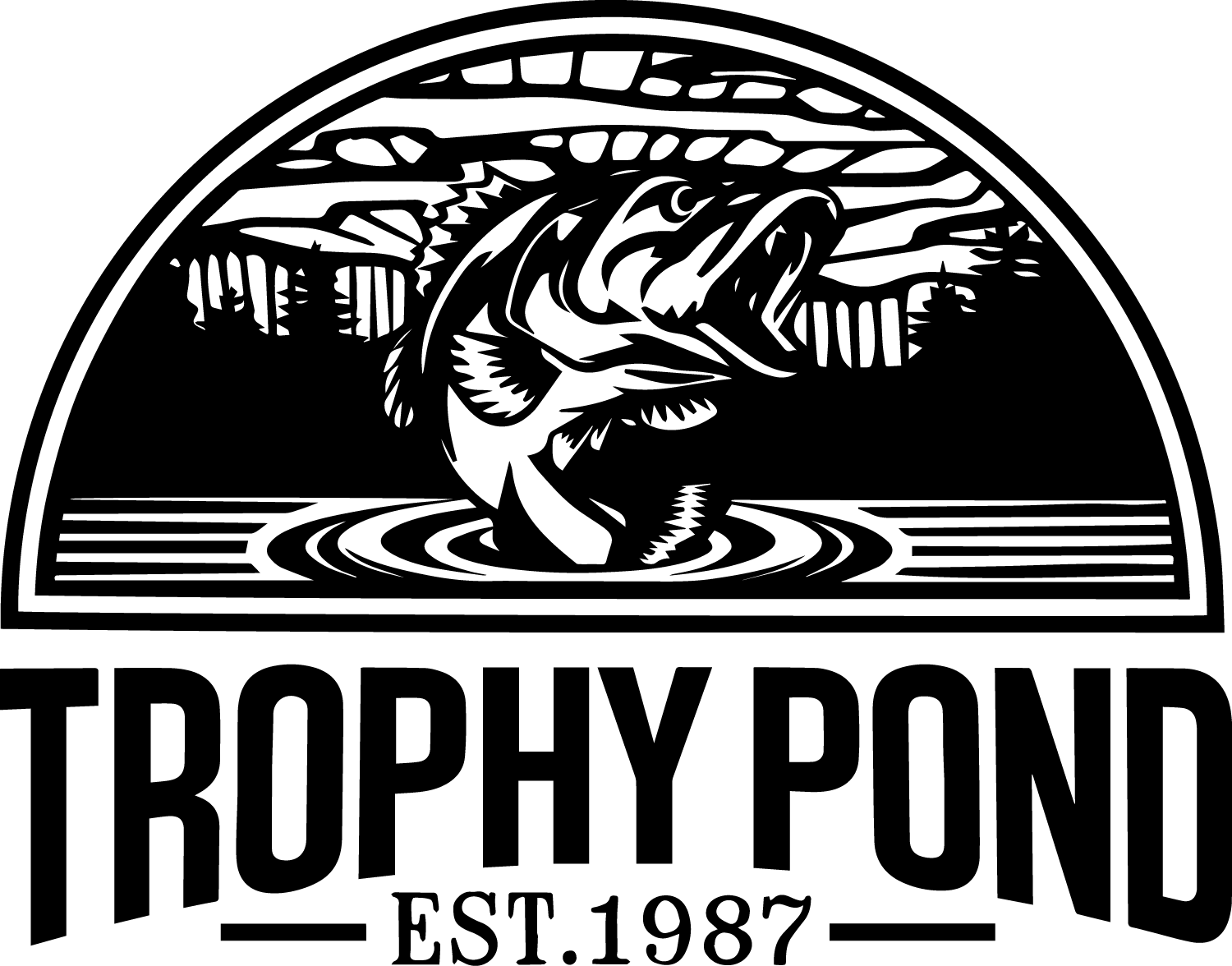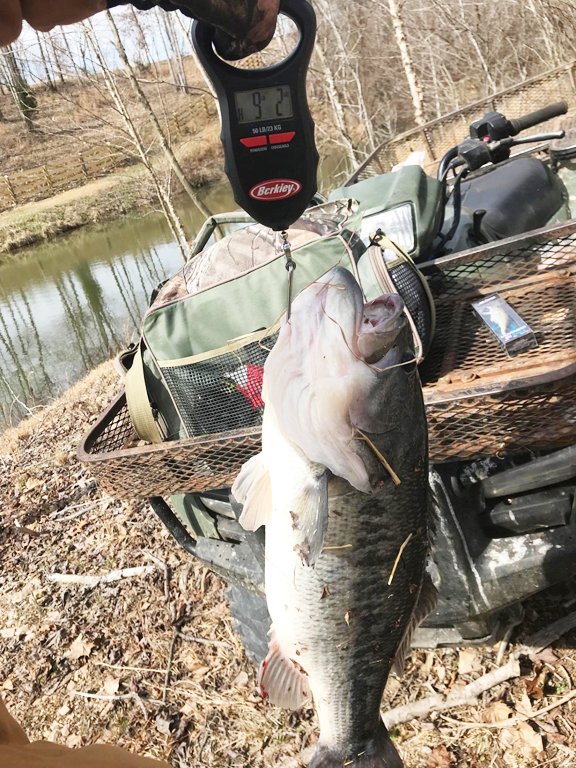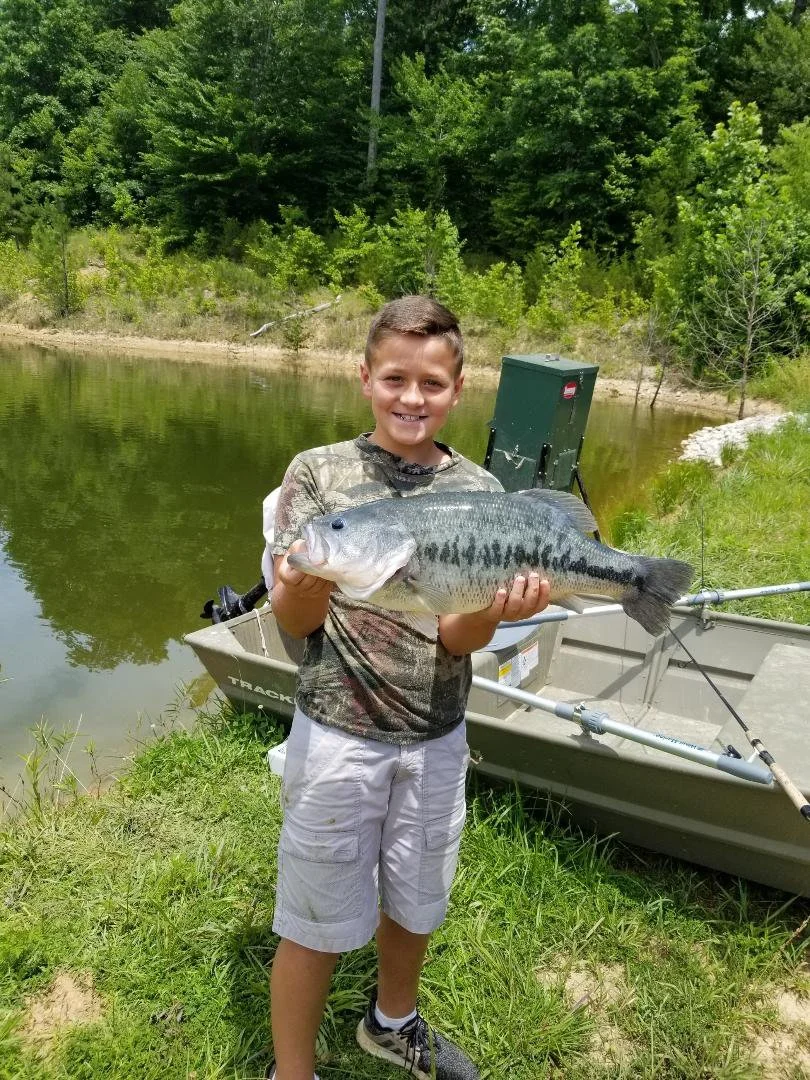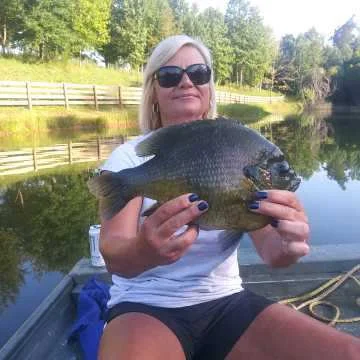Lake Management Franklin, Tennessee: We Work with Your Budget
We made a blog post a few weeks ago about an article one of our competitors had posted on their website bragging about growing big bass in a one-acre pond - and stocking exorbitant quantities of forage, annually, to do so. Now that article has been published online by a well-known magazine, and no doubt has gained much greater exposure. That gives us a perfect opportunity to talk about our management abilities compared to theirs, and specifically with regard to budget.
The article in question states plainly that they’re now stocking 3,200 pounds of forage, per year, in that little one-acre pond. Even assuming the management company is drastically discounting the cost of the forage per pound to far less than what they normally would charge for smaller fish orders, that quantity of fish will still require two trips minimum, if they’re using their own fish-hauling trucks, more likely three; if whatever hatchery or hatcheries they’re buying the fish from are giving them a discount, they’re still going to be charging the landowner a minimum of eight dollars a pound for those fish, and that price will yield a minimal profit to the management company. The going rate per pound for forage species such as golden shiners or goldfish is $5 per pound, wholesale, picked up by companies like mine at the hatchery, and the typical retail rate once delivery has been made, accounting for the management company’s expenses for fuel, labor, oxygen, lodging overnight if the hatchery is hours away from the pond as is typical, etc., is $20 to $25 per pound. So assuming they’re discounting that significantly due to the higher quantity of fish, they’re still going to have to charge a minimum of $8 per pound to make any profit at all on shiners.
But most hatcheries don’t sell bluegill, one of the species they list as forage that’s being stocked, by the pound; we’re the only one I’m aware of that does. Most good hatcheries will share with us management companies what a given size range of bluegill is running per pound; for example, intermediate bluegill, a common size range that typically runs between 2.5 and 3.5 inches, will usually run about thirty pounds per thousand. The average wholesale price right now for that size bluegill, at least at all of the hatcheries we buy coppernose from when we run out of our own, is $.20; if the hatchery they bought from for that one-acre pond gave them a $.05 discount for quantity, they would still pay $150 for thirty pounds of bluegill, and they would pay $5,000 for 1,000 pounds of bluegill, or $5 per pound. That’s their cost, not the landowner’s - if they only mark up those bluegill by $3 per pound, the landowner still will spend $8,000, per year, just on bluegill. And that’s if bluegill are not the primary forage fish stocked.
The pond in question is on the east coast, and all of the biggest fish hatcheries in the country, the ones that can afford to sell large quantities of fish at cheaper prices than what a smaller hatchery like ours can, are located in Lonoke, Arkansas. Semi trucks hauling fish from those big Arkansas farms do regularly take fish to the east coast, but they don’t do so for free: if this management company is getting the fish that way, which seems likely since they even mention a farm in Arkansas in the article, they’re definitely not selling the fish to the landowner for $8 per pound.
If they’re only paying $2 per pound to get the fish hauled the 1,000-plus miles from Arkansas to the east coast, that means the landowner is paying a minimum of $10 per pound for those fish. Which means he’s spending a minimum of $32,000, per year, on forage fish. For a one-acre pond. The article doesn’t mention pellet feeding, but I can guarantee that they’re feeding because that quantity of forage fish wouldn’t survive a month in a one-acre pond without supplemental food. They’re spending a couple to a few thousand a year just on pellet food; the pond has two types of aeration and a well that runs 24/7, so just the electric bill for that pond runs into the thousands per year. That landowner is spending $40,000 per year, minimum, on that one-acre pond.
The article in question doesn’t state when the pond was originally stocked, either for the forage or the bass. They go into great detail on all the things they have done to maximize the potential of the pond, and brag about getting one of the bass to over nine pounds...In an undisclosed number of years, stocking over a ton of forage into the pond every year.
Now let’s talk about a pond we started working with in June 2014. The pond in question is 1.1 acres in size, so all of one-tenth of an acre bigger than the pond in the article. The pond didn’t have big fish when we began working with it; the biggest bass we found in our initial survey of the pond was 1.5 pounds, and the biggest bluegill was 0.6 of a pound. The maximum amount that landowner has ever spent in any given twelve-month period on that pond happened this year, because we installed a bottom-diffuser aeration system that cost them just under $8,000 including trenching and installation. The most they have ever spent in one year on fish stocking for that pond was $1,150. They spend about $1,200 a year on fish food. That’s it. There has been one year out of the eleven that we have managed that pond that the owners have spent more than $3,000, total, on the pond for the year.
Here’s a picture of a largemouth bass that was caught from that little 1.1-acre pond in February 2019, less than five years after we started working with it:
That bass weighed 9 pounds 2 ounces. Here’s another bass that was caught in June of 2019 from that same little 1.1-acre pond that has not had a fortune spent on it:
That bass weighed 10 pounds 2 ounces.
The article in question brags that they have grown bluegill to over two pounds in that 1-acre pond. So here’s a photo of a bluegill that was caught in August 2019 from that 1.1-acre pond that we manage:
It weighed 2 pounds 14 ounces. If it had been two ounces heavier it would’ve tied the state record; three more ounces and it would’ve been a new state record.
And like the two big bass, it didn’t cost a fortune to get. Because we know more about this, a lot, than our competitors.
If you like hiring folks just based on image and hype, or the number of employees they have all across the country or how many needless employees they have in corporate positions, hire those guys. If you prefer hiring the company that has the most knowledge and gets the best results, hire us.



